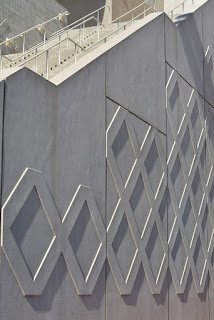Thursday, January 25, 2018
Wednesday, January 24, 2018
Tuesday, January 23, 2018
Monday, January 22, 2018
Sunday, January 21, 2018
Saturday, January 20, 2018
Friday, January 19, 2018
Thursday, January 18, 2018
Wednesday, January 17, 2018
Nikkor AF 85mm f/1.8D IF
Nikon AF Nikkor 85mm f/1.8 D IF (AF '87-'94, AF-D '94-'17?)
This sample circa 2009.



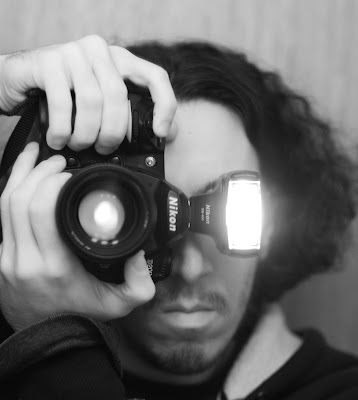
Filter size: 62mm
Close focus distance: 2.8 feet or 0.85 meters.
Aperture range: f/1.8 - f/16
Aperture blades: 9
Depth of field scale for f/11 and f/16 and IR focusing index.
Design: 6 elements in 6 groups.
This lens is now discontinued and replaced with the 85mm f/1.8G lens (which I haven't used) It has the old screw-style AF, so it is relatively loud and the focusing ring spins, and lower end DSLRs will not autofocus with them. It does have internal focusing, so the front of the lens is stationary as it focuses.
I am ambivalent about this lens. It seems plenty sharp, it fast, it has pretty nice bokeh. It makes a nice portrait lens. But I am usually underwhelmed by color photos from this lens. I'm not sure if it is a lack of contrast or maybe a slight lack of saturation. However (as you can probably see below) I do really like black and white conversions from this lens.
Other resources:
Ken Rockwell
MIR
Photos from this lens:



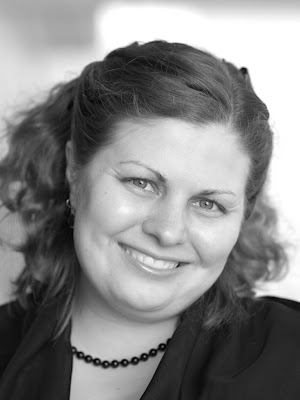
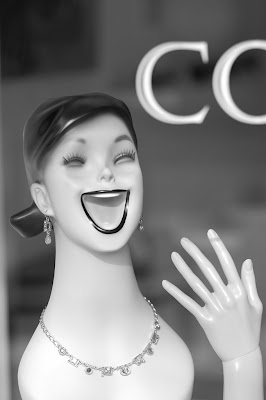








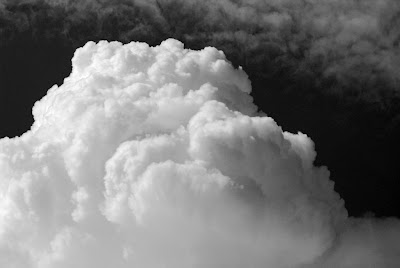
More photos from this lens
This sample circa 2009.




Filter size: 62mm
Close focus distance: 2.8 feet or 0.85 meters.
Aperture range: f/1.8 - f/16
Aperture blades: 9
Depth of field scale for f/11 and f/16 and IR focusing index.
Design: 6 elements in 6 groups.
This lens is now discontinued and replaced with the 85mm f/1.8G lens (which I haven't used) It has the old screw-style AF, so it is relatively loud and the focusing ring spins, and lower end DSLRs will not autofocus with them. It does have internal focusing, so the front of the lens is stationary as it focuses.
I am ambivalent about this lens. It seems plenty sharp, it fast, it has pretty nice bokeh. It makes a nice portrait lens. But I am usually underwhelmed by color photos from this lens. I'm not sure if it is a lack of contrast or maybe a slight lack of saturation. However (as you can probably see below) I do really like black and white conversions from this lens.
Other resources:
Ken Rockwell
MIR
Photos from this lens:














More photos from this lens
Nikon AF-S Micro Nikkor 60mm f/2.8 G ED
Nikon AF-S Micro Nikkor 60mm f/2.8 G ED (2008-present)
SWM ED IF Aspherical Micro 1:1 Nano Crystal coat
This sample from late 2008.




Filter size: 62mm
Close focus distance: 0.6 feet or 0.125 meters. 1:1 maximum reproduction ratio. 2 inches working distance.
Aperture range: f/2.8 - f/32
Aperture blades: 9 rounded
Depth of field scale for f/32
Design: 12 elements in 9 groups
This is a great lens and my only modern lens. It is sharp. It is reasonably fast. It has nice bokeh. It focuses to 1:1 with no external motion. The focus is quiet, and it is fast as reasonable distances. Up close, if the focus is far off it may hunt from one end to the other, but you should manually focus at macro ranges. The filter size is sort of unnecessarily large for the small front element, you could adapt it down to 52 but it would look funny I guess. It is pretty flare resistant (probably due to the nano crystal coating) but when it flares you tend to get little rainbows which are more distracting to me.
If you haven't used 55 or 60mm macro lenses before, be aware they have very short working distances at 1:1, just inches in front of the lens. This is problematic since you can cast shadows on your subject and living subjects may find it off putting. It isn't a problem for my casual macro shooting. The lens does get slower as it focuses closer, down to f/4.8 at 1:1.
I am a little disappointed in how this lens has held up cosmetically. It doesn't matter at all, but the gold print flaking off and white dust on the rubber makes this lens look rattier than many of my old non-AI lenses from the 60s.
Other resources:
Ken Rockwell
Thom Hogan
Photos from this lens:
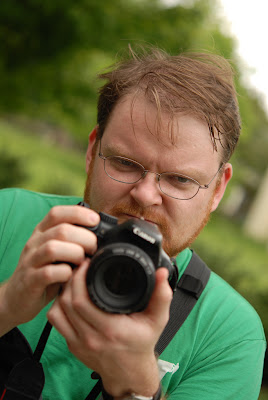




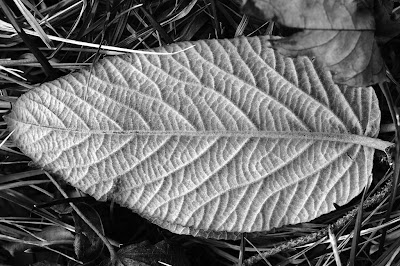




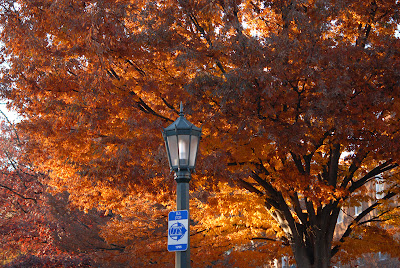





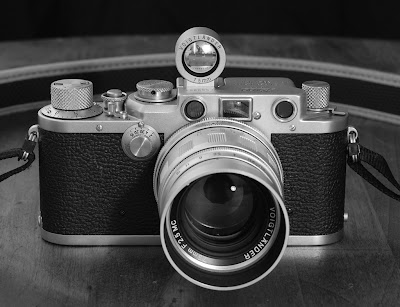


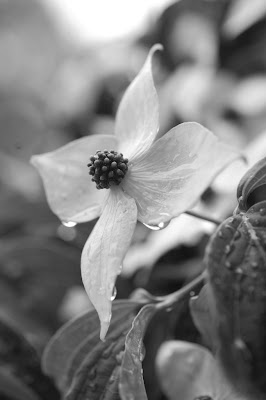


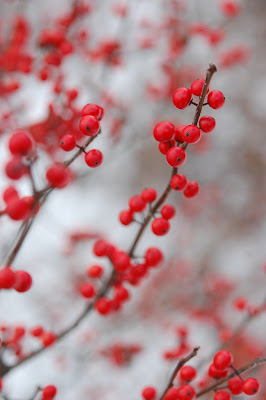
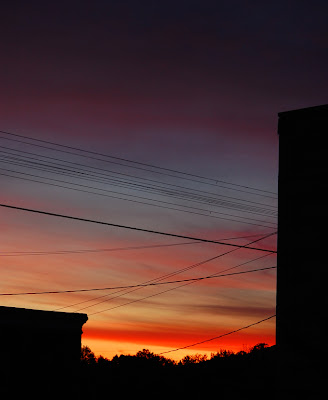





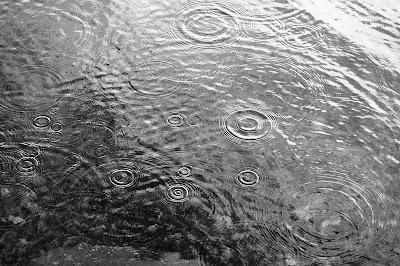


More photos from this lens
SWM ED IF Aspherical Micro 1:1 Nano Crystal coat
This sample from late 2008.




Filter size: 62mm
Close focus distance: 0.6 feet or 0.125 meters. 1:1 maximum reproduction ratio. 2 inches working distance.
Aperture range: f/2.8 - f/32
Aperture blades: 9 rounded
Depth of field scale for f/32
Design: 12 elements in 9 groups
This is a great lens and my only modern lens. It is sharp. It is reasonably fast. It has nice bokeh. It focuses to 1:1 with no external motion. The focus is quiet, and it is fast as reasonable distances. Up close, if the focus is far off it may hunt from one end to the other, but you should manually focus at macro ranges. The filter size is sort of unnecessarily large for the small front element, you could adapt it down to 52 but it would look funny I guess. It is pretty flare resistant (probably due to the nano crystal coating) but when it flares you tend to get little rainbows which are more distracting to me.
If you haven't used 55 or 60mm macro lenses before, be aware they have very short working distances at 1:1, just inches in front of the lens. This is problematic since you can cast shadows on your subject and living subjects may find it off putting. It isn't a problem for my casual macro shooting. The lens does get slower as it focuses closer, down to f/4.8 at 1:1.
I am a little disappointed in how this lens has held up cosmetically. It doesn't matter at all, but the gold print flaking off and white dust on the rubber makes this lens look rattier than many of my old non-AI lenses from the 60s.
Other resources:
Ken Rockwell
Thom Hogan
Photos from this lens:
































More photos from this lens
Subscribe to:
Posts (Atom)





